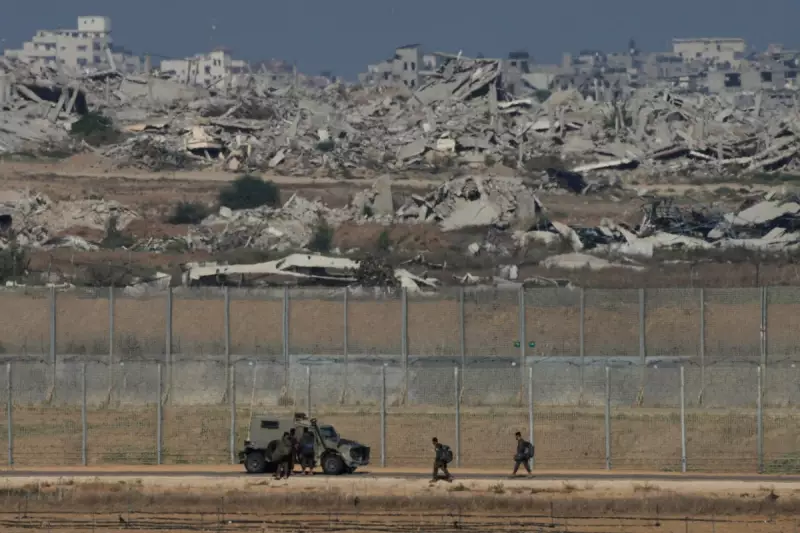
In a bold move that could reshape the Middle East's political landscape, former President Donald Trump's controversial peace proposal includes dramatic territorial adjustments to Gaza's borders. The plan, which has sparked intense debate among international observers, suggests potential Israeli annexation of strategic areas surrounding the coastal territory.
Redrawing Boundaries: What Trump's Plan Proposes
The proposed map reveals significant changes to Gaza's current boundaries, with Israel potentially gaining control over key border areas. This territorial reshuffling forms part of a broader peace initiative that the Trump administration argued would create a pathway to resolution in the long-standing conflict.
According to analysts, the map indicates:
- Potential Israeli security control along Gaza's perimeter
- Revised border demarcations affecting agricultural and residential areas
- Strategic corridors that could impact movement and trade
- Areas previously considered part of Gaza potentially coming under Israeli jurisdiction
International Reaction and Implications
The proposed territorial changes have drawn mixed reactions from global powers and regional stakeholders. While some supporters argue the plan offers a realistic framework for peace, critics maintain it could further complicate an already tense situation.
Palestinian authorities have largely rejected the proposal, describing it as undermining their territorial integrity and sovereignty claims. Meanwhile, Israeli officials have shown varying degrees of interest in the plan's provisions, particularly regarding security arrangements.
Historical Context and Future Prospects
This isn't the first attempt to redraw the region's maps, but it represents one of the most significant proposed changes in recent decades. The Trump administration's approach marked a departure from traditional peace process parameters, emphasizing bilateral agreements over multilateral consensus.
As the current administration navigates Middle East diplomacy, the legacy of this proposal continues to influence discussions about Gaza's future status and the broader Israeli-Palestinian conflict resolution efforts.
The map's provisions raise crucial questions about:
- The viability of territorial swaps in conflict resolution
- The impact on Gaza's already fragile economy and infrastructure
- Humanitarian considerations for affected populations
- Long-term security implications for both Israelis and Palestinians





